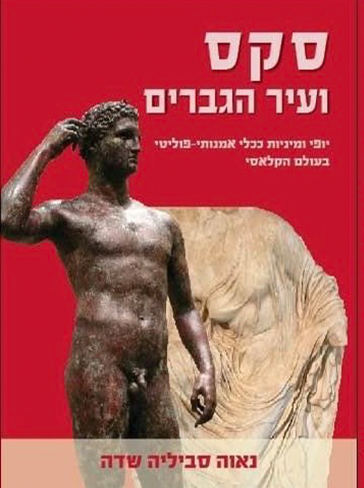Decadence or Hedonism? The Abject as Sublime in the Asàrotos òikos Mosaic Floor from the Vatican
Decadence or Hedonism? The Abject as Sublime in the Asàrotos òikos Mosaic Floor from the Vatican

Asàrotos òikos mosaic. Artwork in the public domain; photo by Yann (Forget, from Le musée absolu (Paris: Phaidon, 2012 https://commons.wikimedia.org/wiki/File:Restes_du_banquet,_mosa%C3%AFqu e.jpg
The Roman mosaic known as the Asàrotos òikos ("the unswept floor") represents waste of food such as cherries, grapes, leaves, nut shells, lobster claws, fish skeletons, oysters, chicken bones, and even a tiny mouse. Another part of the mosaic features Dionysian tragic masks. This depiction seems to offer an integration between the abject and the divine, or the sacred and the profane. The question arises as to the meaning of this integration. The present study examines two dominant states suggested in this mosaic: decadence and hedonism. These states are anchored in both ancient and modern philosophical thought and poetic utterances. It seems that while decadence defines a social state, hedonism defines a religious spiritual state, and both states might be perceived as represented in this mosaic.
Nava Sevilla-Sadeh, "Decadence or Hedonism? The Abject as Sublime in the Asàrotos òikos Mosaic Floor from the Vatican ", Source: Notes in the History of Art, Vol. 38 Number 3, Spring 2020, pp. 140-149.



